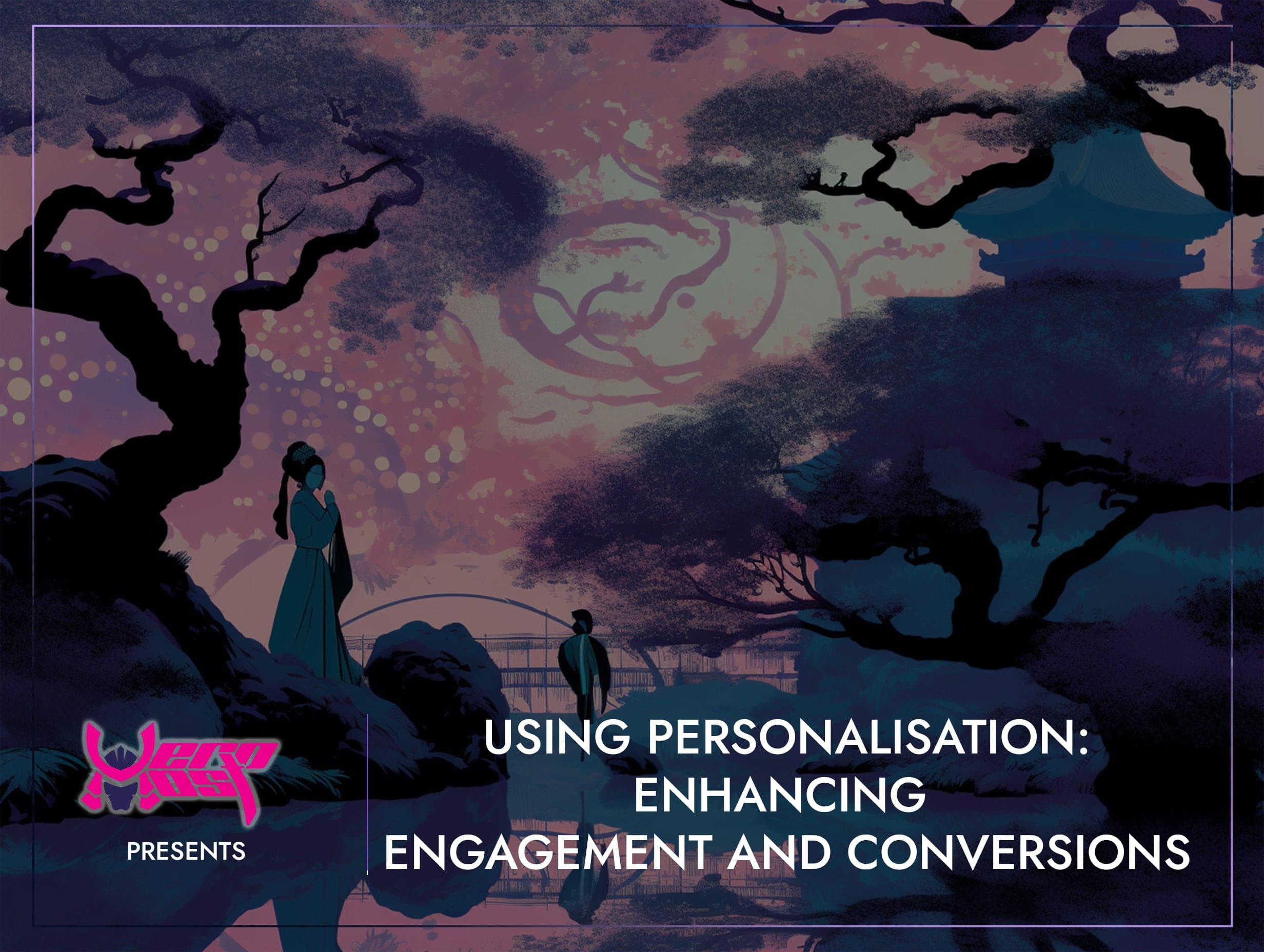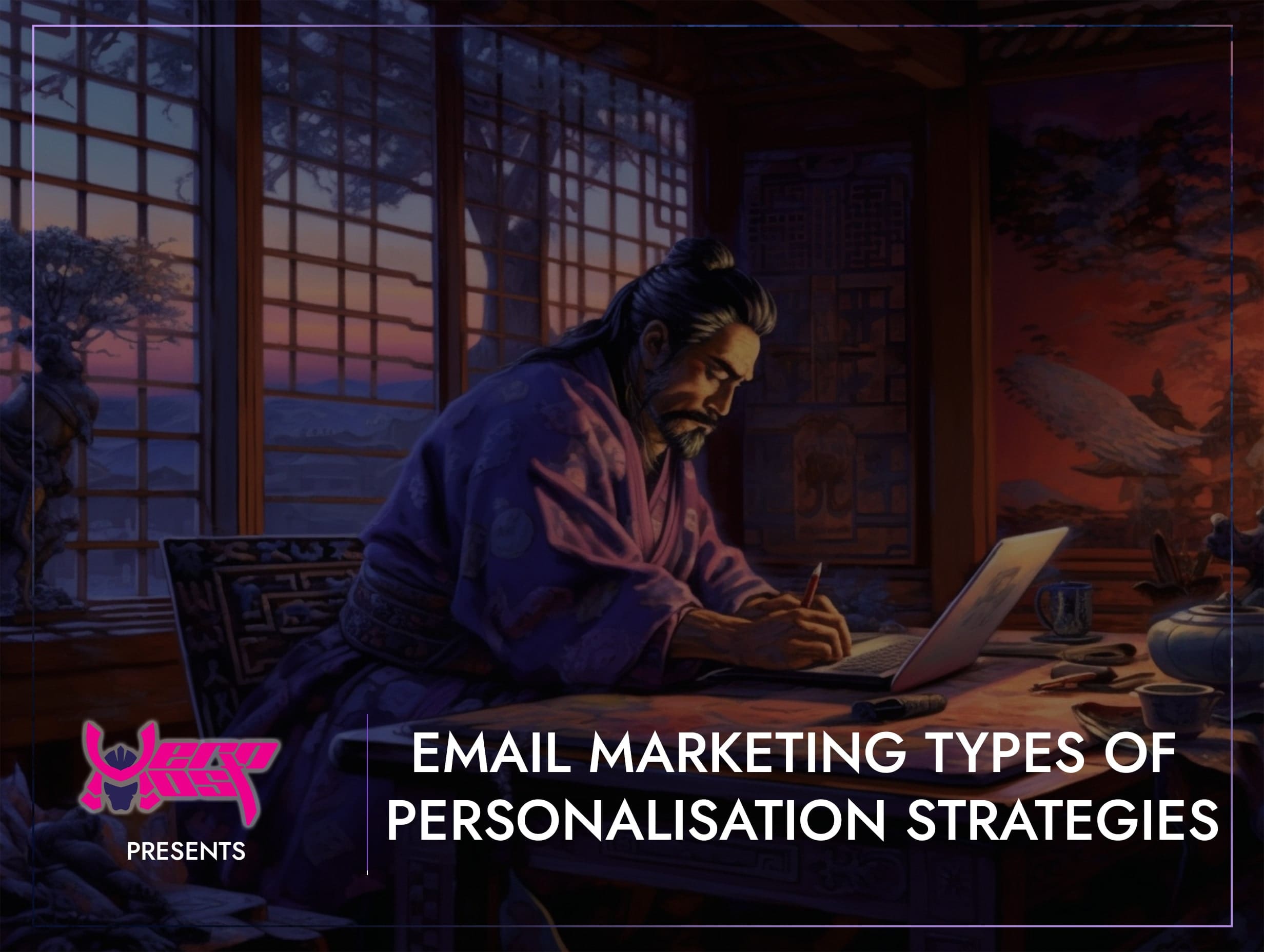Personalisation in Email Marketing
- Home
- Email Marketing
- Personalisation in Email Marketing

- Mikey Ryu
- April 29, 2024
- 0
Personalisation in Email Marketing
Understanding Personalisation:
In the realm of email marketing, personalisation has emerged as a pivotal strategy for fostering meaningful connections with subscribers. No longer is it enough to send out generic, one-size-fits-all emails; today’s consumers expect content tailored to their preferences, behaviours, and demographics. Understanding personalization involves delving into the nuances of your audience, crafting messages that resonate on an individual level, and leveraging data-driven insights to drive engagement and conversions.
Importance of Personalisation for Email Campaigns:
The significance of personalization in email campaigns cannot be overstated. In an era inundated with marketing messages vying for attention, personalised emails stand out as beacons of relevance amidst the noise. By addressing recipients by name, offering product recommendations based on past purchases, or tailoring content to specific interests, brands demonstrate that they understand and value their customers. This fosters trust, and loyalty, and ultimately, boosts the effectiveness of email campaigns by driving higher open rates, click-through rates, and conversions.
Types of Personalisation Strategies:
Personalisation in email marketing encompasses a myriad of strategies, each designed to enhance the recipient’s experience and drive desired actions. These strategies include:
Dynamic Content:
Crafting emails with content blocks that dynamically change based on subscriber data such as location, past purchases, or browsing history.
Segmentation:
Dividing your email list into segments based on demographics, behaviour, or preferences, allows for targeted messaging to specific groups.
Personalised Subject Lines:
Tailoring subject lines to include the recipient’s name or reference their recent interactions with your brand, increases the likelihood of the email being opened.
Recommendation Engines:
Using algorithms to analyse customer data and provide personalised product recommendations within email content, driving cross-selling and upselling opportunities.
Lifecycle Marketing:
Sending emails at different stages of the customer journey with content relevant to their current relationship with your brand, whether it’s onboarding sequences for new subscribers or re-engagement campaigns for dormant customers.
Using Personalisation to Enhance Email Engagement and Conversions:
The true power of personalization lies in its ability to captivate recipients and compel them to take action. By delivering content that resonates with their interests and needs, personalized emails foster deeper engagement and higher conversion rates. For example, a clothing retailer may send targeted promotions for winter coats to subscribers in colder regions while promoting swimwear to those in warmer climates. Similarly, an e-commerce platform can send cart abandonment emails with personalized product recommendations tailored to the items left behind, enticing customers to complete their purchases.
Furthermore, personalization extends beyond the content of the email itself to include the timing and frequency of communication. By analyzing data on when subscribers are most active or likely to make a purchase, brands can optimize send times for maximum impact. Likewise, monitoring engagement metrics allows marketers to adjust the frequency of emails to avoid overwhelming subscribers or risking disengagement.
Best Practices of Personalisation:
To harness the full potential of personalization in email marketing, adhering to best practices is essential:
Collect Relevant Data:
Gather and maintain accurate data on your subscribers’ preferences, behaviours, and purchase history to inform your personalisation efforts.
Respect Privacy:
Be transparent about how you collect, store, and use subscriber data, and ensure compliance with relevant data protection regulations such as GDPR or CCPA.
Test and Iterate:
Continuously test different personalization strategies, subject lines, and content to identify what resonates most with your audience and refine your approach accordingly.
Focus on Relevance:
Prioritise relevance in your personalised content, ensuring that each email provides value to the recipient and aligns with their interests and preferences.
Monitor Performance:
Track key metrics such as open rates, click-through rates, and conversion rates to gauge the effectiveness of your personalization efforts and make data-driven optimizations.
In conclusion, personalization is no longer just a buzzword in email marketing—it’s a fundamental strategy for driving engagement, nurturing customer relationships, and ultimately, achieving business objectives. By understanding your audience, employing various personalization strategies, and adhering to best practices, you can create compelling email campaigns that resonate with recipients and deliver tangible results. So, embrace personalization, harness its power, and unlock the full potential of your email marketing efforts.
Search
Categorys
- Branding (12)
- Business Growth Guides (3)
- Business Insights (3)
- Content Marketing (43)
- Domain Authority (19)
- Email Marketing (28)
- Google Analytics & Search Console (5)
- Hack or Not (2)
- Hero Host News (0)
- Inbound Marketing (32)
- Lessons From Asia (40)
- Marketing Guides (11)
- Martial Arts Journey (14)
- Outbound Marketing (8)
- Search Engine Optimisation (SEO) (41)
- Social Media Marketing (38)
- Web Design (20)
- Website Hosting (4)
- Wordpress (2)






